Water is a necessity for life. However, it reaches our homes after going through various tunnels, lakes, and streams where it comes in contact with harmful viruses and bacteria. As per WHO, over two billion people drink contaminated water. Waterborne bacteria and viruses are also responsible for the diseases and deaths of millions of people.
This article will talk about these bacteria and viruses, how they get into the water, and the methods you can use to remove bacteria and viruses from drinking water.
Let’s get started…
How do Viruses Make Their Way into the Water?
When water comes in contact with the feces or urine of an animal or human, it gets contaminated, and that’s how viruses make their way into it. Unsterilized water sources like rivers and lakes or even wells are highly exposed to contaminants to a great extent.

So it would be fair to say that all sources of water left untreated can be easily polluted with different kinds of human viruses. Many developing countries today are vulnerable to such viral outbursts as clean water in such regions seems like a mirage.
Moreover, even public sources of water are exposed to such hazards. Under the circumstances of any natural disaster such as floods, community disinfection systems are likely to cease to function, and thus, a dangerous viral outbreak becomes a huge possibility.
How to Test for Viruses in Water?
One of the most authentic and precise ways of detecting any virus in the water is by taking a sample of this water to the laboratory. The water in the laboratory is first going to be reduced to a lesser quantity.
After that, the execution of the molecular detection process or nucleic acid extraction will take place to detect the presence of any virus. An example of such a procedure is the Polymerase Chain Reaction test, also known as PCR.
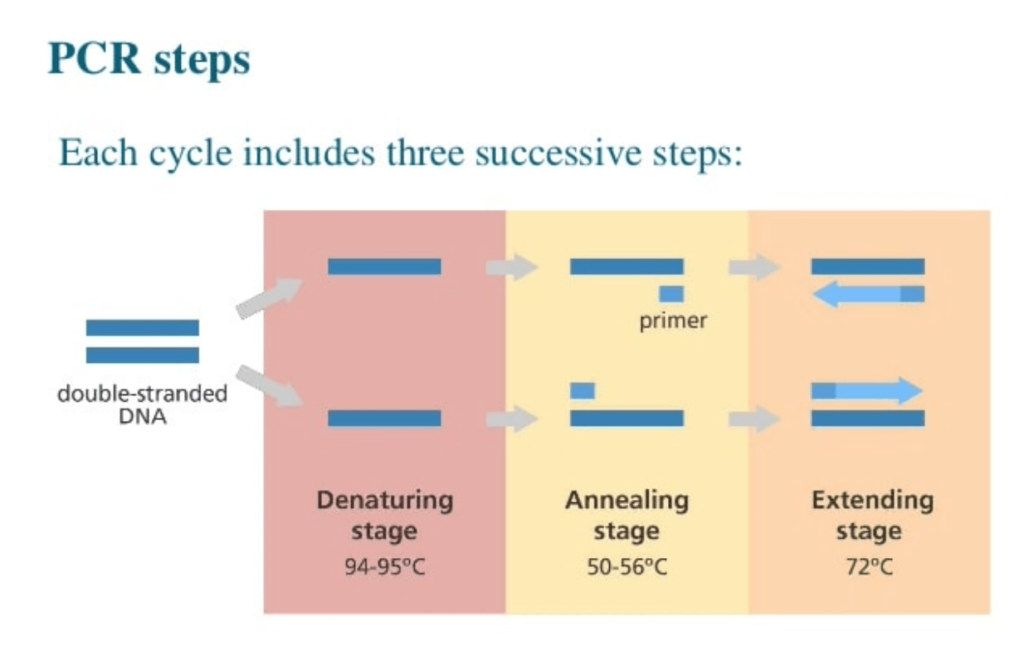
In case you wish to have the presence of any viruses tested in your water supply, you may reach out to any authorized lab in your region.
Presently, there is no way to test viruses in your water at home through a test kit. However, a coliform bacteria test for household use may be good enough to reveal if the water supply at your home is contaminated with any harmful organisms. Such a test would alert you that your water requires further examination.
Human and animal excrement contain coliform bacteria. Though they are not truly dangerous and result in any serious disease, the presence of these bacteria indicates that your water may also constitute other contaminants like viruses, parasites, or other types of bacteria.
Moreover, community water suppliers make sure to examine the water supply on a day-to-day basis. However, if you use well water, you will need to be fully responsible for checking for any water contaminants present in the well. This is crucial to ensure that you are drinking clean and safe water.
We recommend that you go for a careful and sharp inspection of your water as wells are highly exposed to water contaminants from floods and rains.
Make sure to always follow precautions so that you don’t end up in a bad state in the first place. For instance, you can have a decent water filtration system installed in your house.
Types of Viruses in Water
Norovirus, Rotavirus, and Hepatitis are the most common viruses present in water. These viruses can spread by consumption or usage of contaminated water in any form.
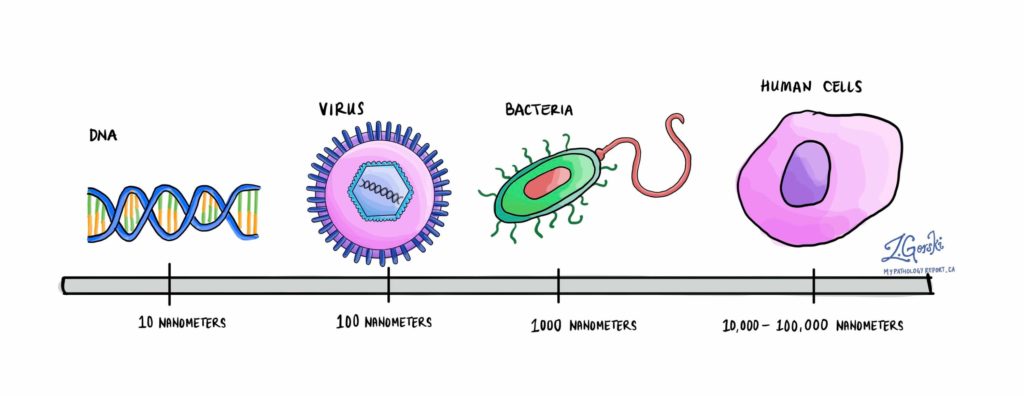
1. Norovirus
Norovirus is a fast-spreading virus. It only takes a few particles of this virus to get you sick. Stomach ache, vomiting, diarrhea, and nausea are common symptoms of norovirus. It can be tricky to work with norovirus as it can contaminate produce.
2. Hepatitis
Viral hepatitis is of five different types, namely A, B, C, D, and E. However, only hepatitis A and E are waterborne viruses.
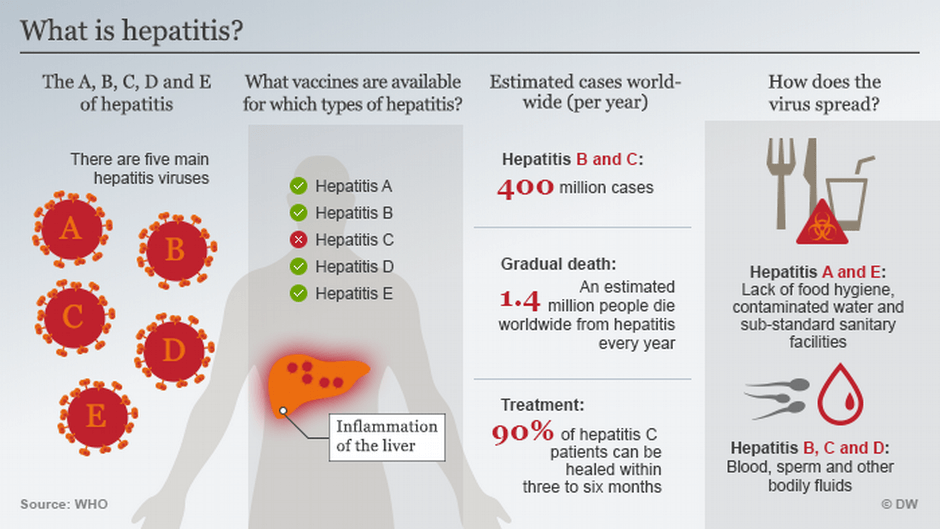
Jaundice, nausea, weakness, fever, and loss of appetite are a few common symptoms of hepatitis A and E. These viruses are curable. Still, it would be better to avoid contact with them by consuming fresh and clean water.
3. Rotavirus
With symptoms such as loss of appetite, vomiting, dehydration, and diarrhea, Rotavirus is common among children. Adults may also get the virus, but their symptoms are usually mild. Moreover, the rotavirus vaccine is only available for infants. It is recommended to maintain good hygiene and avoid consuming contaminated water to prevent yourself from Rotavirus.
Types of Bacteria Found in Water
A wide range of bacteria lives in water. Not all of these bacteria are harmful, but they may make your water taste and smell bad. In this section, we will discuss the different types of waterborne bacteria in detail.
1. Giardia
Giardia is a microscopic living organism and a common disease carrier worldwide. It attacks your intestines and causes giardiasis. This parasite is commonly found in private well water, and it comes from animal and human waste.
Common symptoms include stomach cramps, nausea, diarrhea, and bloating.
2. Shigella
Shigella is a bacteria that is responsible for shigellosis, which is an extremely infectious diarrheal disease. This disease is commonly found among children. However, adults can also come in contact with shigella by consuming untreated water.
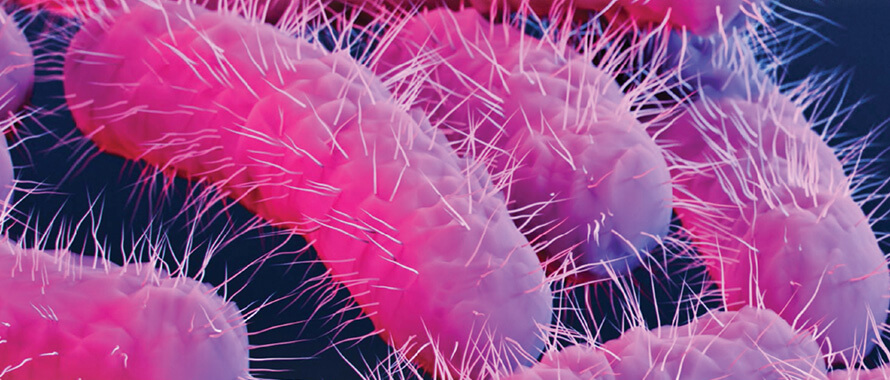
This bacteria is found in streams, lakewater, and rivers, and it comes in water through human/animal waste. Shigellosis causes abdominal cramping, fever, diarrhea, and stomach pains.
3. E. coli
A strain of Escherichia coli, E. Coli, is a bacteria found in a healthy human or animal’s intestines. Most of the strains of E. coli are harmless, but a few strains are extremely harmful. These strains can be dangerous upon consumption.

Rainwaters, agricultural runoffs, and floods can make E. coli travel into private lakes, rivers, and wells. E. coli can produce a toxin in the lining of your small intestine, and it can cause vomiting, painful cramps, and diarrhea. It can also turn into a complex disease, leading to kidney failure.
4. Legionella
Naturally found in lakes and streams, Legionella is a bacteria that thrives in warm water. Legionella causes Legionnaires’ disease upon inhalation or ingestion.
Moreover, this pathogenic bacteria can also cause Pontiac Fever, another disease that feels like mild flu. As it thrives in warm water, it can get challenging to eliminate it using chemicals like chlorine.
Headache, cough, fatigue, muscle soreness, and fever are common symptoms of Legionnaires disease.
5. Cryptosporidium
Cryptosporidium is a waterborne parasite that is found all across the globe. Crypto is one of the most common disease-causing parasites in water. This microscopic parasite resides in your intestines and causes cryptosporidiosis.
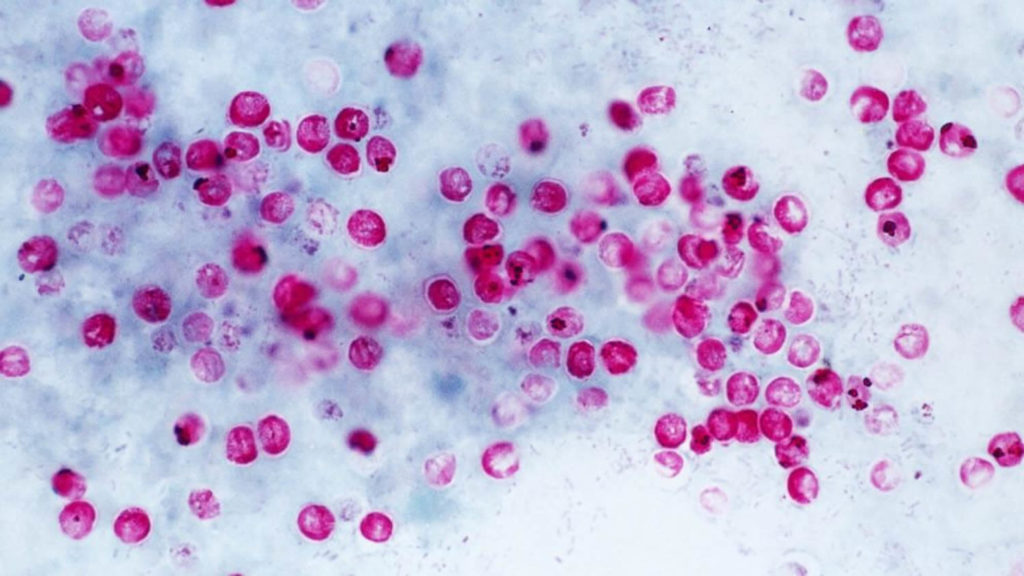
Symptoms of being infected by cryptosporidium include weight loss, fever, dehydration, and nausea. Like Giardia, Crypto is also majorly found in private wells as it makes its way through rainwaters and floodwaters.
How to Remove Bacteria and Viruses from Drinking Water?
There are various methods that you can use to eliminate bacteria and viruses from water. Let’s discuss each one of them in detail.
1. Chlorine
Chlorine works effectively in the elimination process of viruses and bacteria from water. It releases an acid called hypochlorous in the water that penetrates the walls of bacteria and viruses to kill them.
Chlorine keeps the water clean for a long time, but it also leaves a weird taste and smell in the water. You can use an activated carbon water filter to eliminate the taste and smell of chlorine.
2. Ozone Water Treatment
Ozone water treatment uses oxidation to get rid of bacteria, viruses and other contaminants from water. Ozone is a powerful oxidizer. In this process, an ozone generator is used to create ozone, and then this ozone is added to the water.
Ozone oxidizes the organic material present in the membranes of these viruses and other contaminants. Oxidation of membranes causes the cells of these contaminants to get weakened and ruptured. This process is fast, and it cleans water instantly.
3. Ultraviolet Purification
In this process, UV light is used to kill the DNA of harmful viruses and bacteria. This further makes it impossible for them to reproduce or spread in the water.
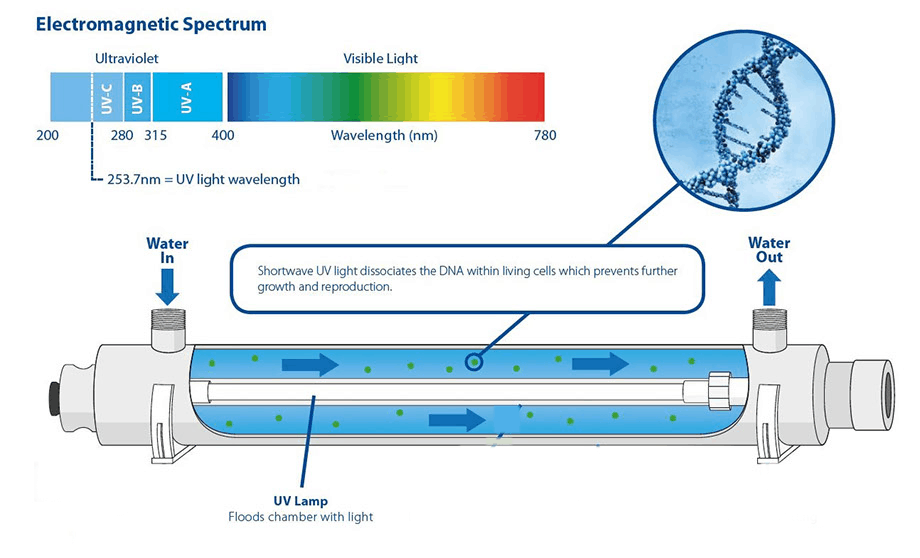
UV purification systems work the best when another filter has already filtered dirt, dust, and other unwanted particles. UV purification can eliminate 99.9% of bacteria and other living organisms in pre-filtered water.
4. Water Distillers
Water distillers use distillation to kill bacteria & viruses. The water is converted into steam in this process, which eliminates all the contaminants as they cannot get evaporated. Then, the water returns to its liquid form without any harmful contaminants.
5. Ultrafiltration
In this method, water is forced through a hollow membrane that traps all the bacteria, viruses, metals, and other harmful substances present in it. Ultrafiltration allows only minerals and clean water to pass through.
Conclusion
Bacteria and viruses can contaminate your water, and they can be the cause of the circulation of an array of unwanted infections and diseases. It becomes vital to get rid of these living organisms so that you and your family consume clean water.
In this guide, we discussed the different types of waterborne bacteria and viruses, the diseases they cause, their symptoms, and how to eliminate them.
FAQ
How do I filter viruses and bacteria from water?
Adsorptive filtration, chloramine disinfection, UV treatment, mechanical filtration, and chlorine disinfection are some of the most common methods used to filter bacteria and viruses from water.
Does an RO water system eliminate viruses?
Reverse Osmosis water filters effectively remove several viruses such as Rotavirus, Enteric, Norovirus, and Hepatitis A, among others.
Do any water filters get rid of bacteria?
A reverse osmosis water filter gets rid of bacteria effectively.
